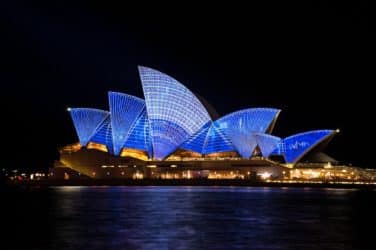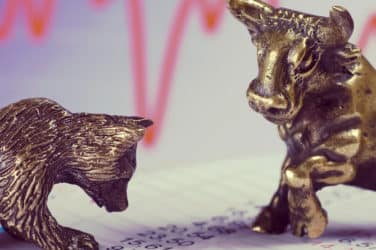
Sustainable investing is growing steadily around the globe, driven by international efforts such as the Paris Agreement to address climate change. In practice, investments taking into account environmental, social and corporate governance (ESG) considerations are believed to promote sustainable long-term economic and business development. Investors are also motivated to use ESG metrics in their portfolio selection in order to support companies and technologies that they believe can help solve the environmental and social problems facing humanity.
Investors have so far allocated their ESG investment mostly to equities and bonds. Since the launch of the first ESG index in the US in 1990, ESG indices have become increasingly popular to meet investors’ growing appetite for sustainable investments. Today, there are more than 1,000 ESG indices around the world to meet investors’ growing appetite for ESG investment. Many are used as benchmarks for passive exchange-traded funds (ETFs), index futures and other related products.
ESG Strategies
While there are a myriad of ESG investment strategies, they can generally be divided into “avoid” and “advance” strategies. Some avoid exposure to sectors or companies that have significant negative impact on ESG performance, such as coal or weapons. Those focused on advancing ESG causes invest in business activities and sectors that achieve desired ESG outcomes, such as clean energy or social equality.
ESG indices are usually constructed from parent indices with the incorporation of ESG investment styles. The construction process may include the screening out of companies with negative ESG impacts and the inclusion of companies with positive ESG impacts, possibly with adjustment in their relative weights.
Our Research
The research examined the risk-return performances of 23 pairs of blue-chip equity indices and their corresponding ESG equity indices covering global, regional and home country markets for different investment horizons and market conditions (bull/bear markets).
The study period covered 10 years of performance, from 1 July 2010 to 30 June 2020. Due to different launch dates of the ESG indices, only 12 out of 23 index pairs have data for analyses covering the entire 10-year period. Others were included in analyses covering shorter investment horizons.
Findings
The research found that in many cases, ESG indices have similar, if not better, risk-return performances than their parent indices.
Some ESG indices, mainly regional indices, were found to have better return and/or lower volatility than their parent indices at times. Such cases were more frequent than cases of ESG indices with worse return and/or higher volatility than their parent indices at times. The average daily returns of ESG indices were higher than those of their parent indices for 13 out of the 23 index pairs under study. Of these, statistical significance in the difference were found for eight pairs. A number of ESG indices, mainly regional indices, were found to outperform their parent indices in terms of risk-return pattern consistently across different investment horizons.
Drivers
The finding of our research, that in many cases ESG indices tended to have similar, if not better, risk-return performances than parent indices, concurs with other studies which found a positive relationship between companies’ ESG performance and their financial performance. Other performance drivers could include a higher investor valuation of companies with better ESG performance and investor preferences of different ESG investment strategies to pursue their own objectives in ethical investment.
The findings imply that investment through ESG indices does not necessarily sacrifice financial returns, and may even enjoy better returns, while pursuing ethical investment.
Click here for full details.
Source: HKEX






